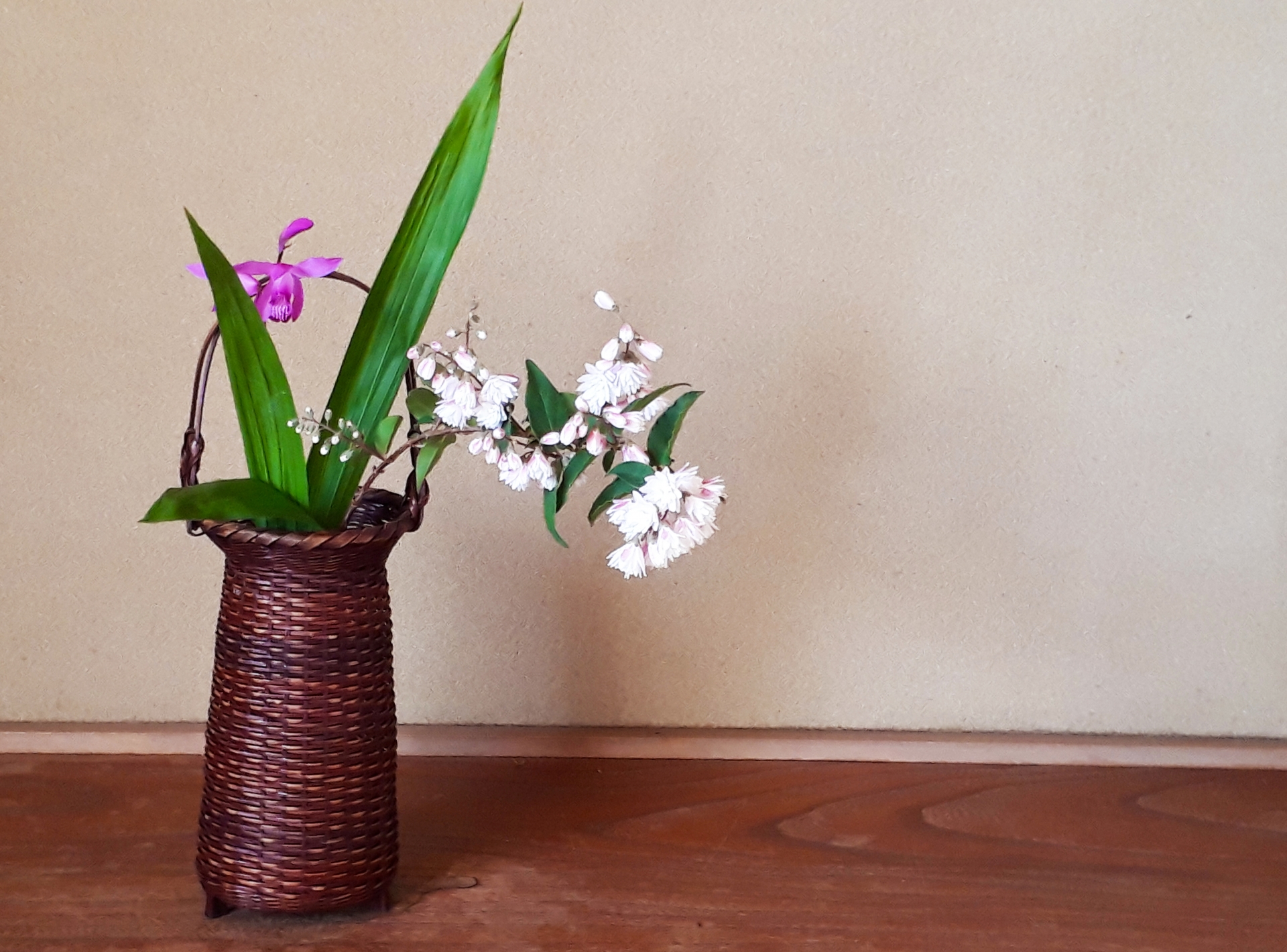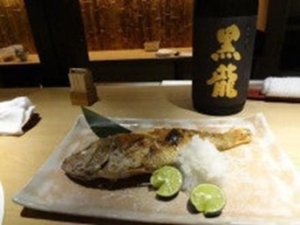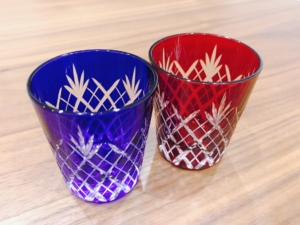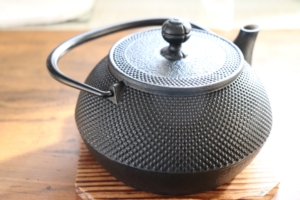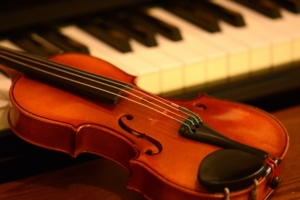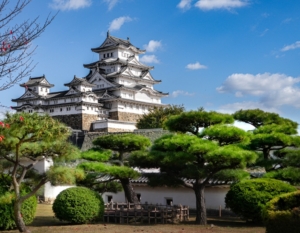Regarding the history of flower arrangement, it is generally believed that flower offerings to Buddha originated with the arrival of Buddhism in the 6th century, but in fact it has a much older history.
華道の歴史については、一般的には、6世紀の仏教の伝来とともに仏に供える花がその発祥と言われていますが、実際はもっと古い歴史があります。
It is believed that flower arrangement originated from “yorishiro(依代)” in the Shinto religion.
華道は、神道の「依代」に起源を持つと考えられています。
Yorishiro is an object to which all the deities of the world come to rest.
依代には、八百万の神が寄り付くと考えられています。
The yorishiro is revered as a sacred sign. Since ancient times, yorishiro have often been rocks or trees.
その依代は神聖な標識として崇められます。依代は古来より、岩や樹木である場合が多かったです。
revere:尊敬する、崇める
The flower arrangement has its origins in the yorishiro. Flowers were imbued with something special, and people began to arrange flowers by putting their thoughts and prayers into that special energy.
華道はその依代が起源です。花には何か特別なものが宿っており、その特別なエネルギーに思いや祈りを込めて、花を生けるようになりました。
imbue:吹き込む
Then, in the 6th century, when Buddhism was introduced to Japan, a new culture of offering flowers to the Buddha was born.
6世紀、仏教が日本に伝来すると、仏に花を供える文化も新たに生まれるようになりました。
In flower arrangement, the pursuit of cosmic truth and enlightenment is recognized as one of the goals.
華道では、宇宙の真理や悟りを追求することを、目的の一つとして認識されています。
pursuit:追い求める、従事する
enlightenment:悟る

In flower arrangement, as in tea ceremony and judo, there are “kata” (forms).
華道には、茶道や柔道のように、「型」があります。
Each flower that is arranged is given a different role. The flower that serves as the framework of the flower is called ”yakushi”.
生けられる花にはそれぞれ異なる役柄が与えられます。その花のうち、骨組みとなる役柄の花を「役枝(やくし)」と呼びます。
The current form of flower arrangement has its origins in the Muromachi period “tatehana” style.
現在の華道の型は、室町時代の「たて花(たてはな)」に起源を持ちます。
In tatehana, a branch called “shin” stands upright in the center, and seasonal flowers and plants are placed at the foot of the ”shin”. The word “shin” has the meaning of center, heart, and body.
その「Shin」には、中心、心、身体などの意味が含まれています。
upright:直立した、姿勢の良い
Today, there are many schools of flower arrangement. Today I would like to introduce two of them.
現在、華道にはたくさんの流派があります。今日はそのうちの二つを紹介します。
The first is Ikenobo. Ikenobo finds beauty and harmony in the life force of flowers and plants and in nature.
一つめは、「池坊」です。池坊は、草花が持つ生命力と、自然の中の美と和を見出します。
This does not mean using flowers in their most beautiful state.
それは、一番美しい状態の花を用いる、という意味ではありません。
The philosophy of Ikenobo is to make the most of flowers and plants in their natural state, even if they are dying or being eaten by insects.
枯れかけている花、虫に食われている花など、さまざまな草花に寄り添い、あるがままの姿を生かすことを理念としています。
dying:dieの現在分詞
Next, I would like to introduce the Misho-ryu style. The Misho-ryu style is characterized by a theoretically calculated beauty with a sense of tension.
次に未生(みしょう)流の紹介をします。未生流の花の特徴は、理論的に計算された、緊張感のある美しさにあるといえます。
The school’s philosophy is based on a high level of spirituality, with flowers arranged to express the microcosm that governs all things.
この流派は、生けられた花で万物を司る小宇宙を表現するなど、精神性の高さを思想の根本としています。
執筆者:山本和華子
Author: Wakako Yamamoto
もっと詳しく知りたい方は、コチラの本をどうぞ。

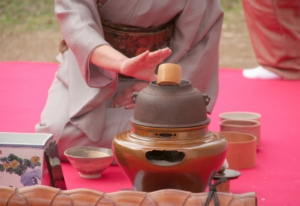
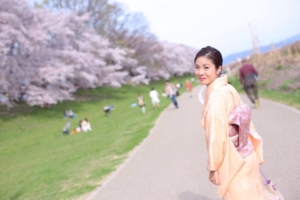

ツイッター(@wakako_kyoto)もやっています。よかったらフォローしてね♪
